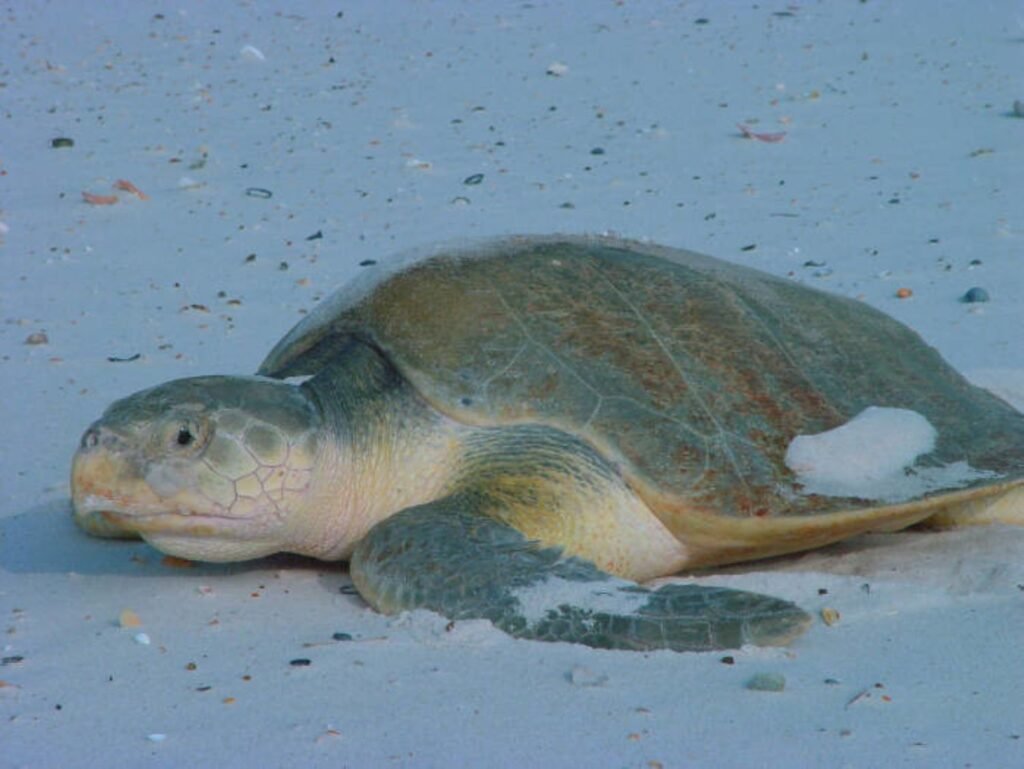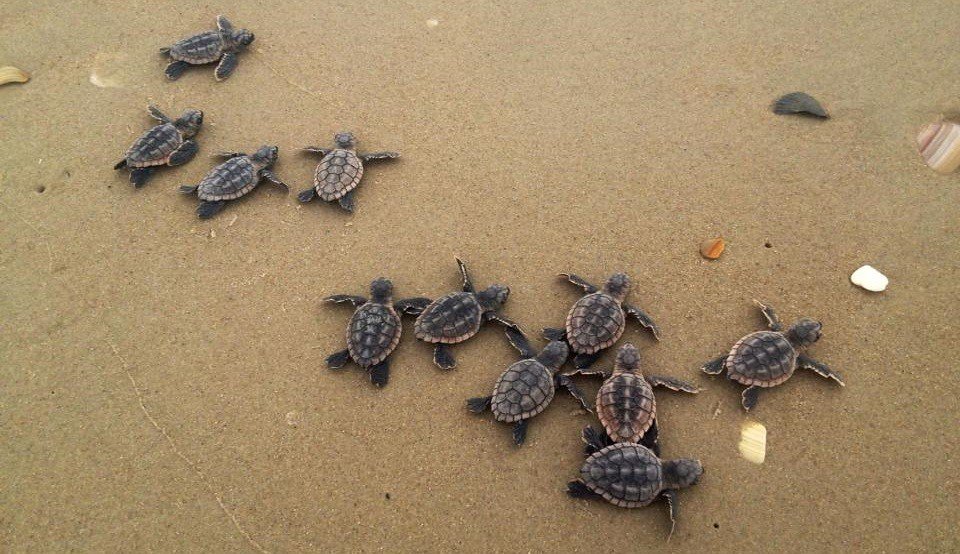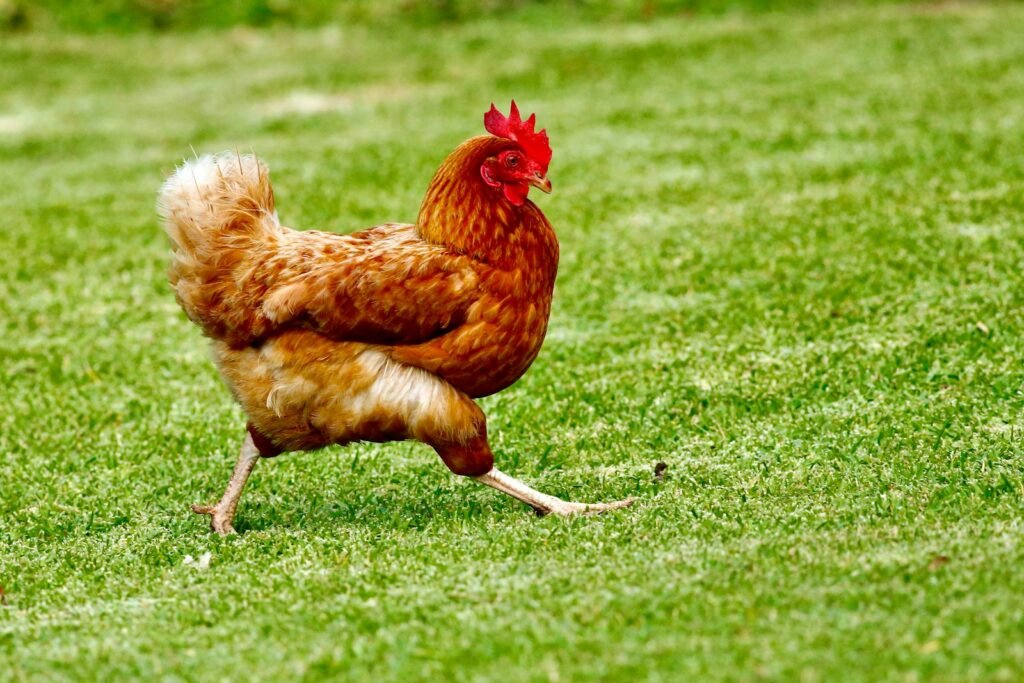The waters lapping Florida’s coastline tell an extraordinary story of recovery and hope. While many wildlife conservation efforts struggle to show measurable success, are delivering spectacular results that have scientists and conservationists celebrating.
Florida reportedly recorded over 126,000 sea turtle nests across all species in 2024. Yet this remarkable achievement came with its own challenges, as powerful hurricanes swept through the state during the crucial nesting season. What emerges from this complex conservation story offers surprising insights into decades-long recovery efforts and nature’s remarkable resilience.
Record Breaking Leatherback Numbers Make History

Leatherback sea turtles reportedly reached over 2,000 nests statewide in 2024, potentially setting a new record. The achievement marks a stunning turnaround for these ancient marine giants, whose populations had struggled for decades. Florida saw more than 2,000 leatherback nests, the highest number recorded in a single year.
The leatherback success story stands out particularly because these massive sea turtles rarely venture to Gulf Coast waters. A leatherback nesting on Sanibel Island marked only the fourth time that species nested there, while another made history by dropping eggs in Pinellas County sand for the first time in recorded history. These rare Gulf Coast appearances signal an encouraging expansion of their traditional nesting range.
The 2024 season began with remarkable promise, as a rare leatherback nest on Sanibel produced a total of 40 hatchlings. Beach watchers hadn’t documented a leatherback nest there since 2020, making this emergence particularly special for conservation teams tracking recovery efforts.
Loggerhead Turtles Maintain Strong Numbers Despite Challenges

Loggerheads accounted for the majority of Florida’s nests with over 110,000 nests reportedly recorded. These threatened sea turtles continue to represent the backbone of Florida’s nesting population, demonstrating steady recovery patterns across monitored beaches. Observed loggerhead nest counts reached a maximum of 70,945 nests in 2023, with 2024 showing almost 58,000 nests.
The loggerhead story reflects the cyclical nature of sea turtle reproduction patterns. Florida’s loggerhead sea turtle nesting varies over decade-long cycles of increase and decrease. Scientists carefully track these natural fluctuations to distinguish between normal population cycles and concerning trends that might indicate environmental problems.
Regional success stories add depth to the statewide picture. After reaching a low point of 735 nests in 2007, loggerhead nesting in one patrol area broke records with 2,462 nests in 2012. These dramatic recoveries showcase the effectiveness of targeted conservation measures implemented across different coastal regions.
Green Turtle Numbers Follow Natural Patterns After Record Year

Green turtles recorded 14,308 nests in 2024, following their typical reproductive cycle. The numbers represent a predictable decline after 2023’s extraordinary performance, when green turtles shattered previous records. In 2023, green turtles had a record-breaking nesting season, with significantly higher numbers than typical years.
Green turtles follow a two-year reproductive cycle, with wide year-to-year fluctuations considered normal and expected. This biological pattern explains why scientists weren’t concerned about lower 2024 numbers following the previous year’s historic highs. The relatively low number documented in 2024 is neither surprising nor concerning, especially following the record-breaking season in 2023.
The green turtle recovery represents one of conservation’s greatest success stories. Two months after late August data collection, green turtles were downgraded from “endangered” to “least concern” by the IUCN Red List. This milestone reflects decades of dedicated protection efforts finally bearing fruit on a global scale.
World’s Rarest Sea Turtle Sets Remarkable

Kemp’s ridley sea turtles reportedly achieved around 24 nests in 2024, compared to approximately 10 in 2023 and 8 in 2022. For the world’s most endangered sea turtle species, these numbers represent extraordinary conservation success. Florida recorded 34 Kemp’s ridley nests, marking another record-breaking achievement.
The Kemp’s ridley is the smallest species of sea turtle and the most endangered turtle in the world. Their recovery from near-extinction showcases the power of international conservation cooperation. In 1947, researchers counted more than 40,000 nesting Kemp’s ridleys at their primary site in Mexico in a single day, but by the 1980s, the population had crashed to only several hundred females nesting.
The first Kemp’s ridley nest recorded in St. Johns County was in 2015, with only sporadic nestings between then and 2024. The recent increase signals potential range expansion as the species slowly recovers from its population bottleneck.
Hurricane Impacts Test Conservation Resilience

A trio of hurricanes hit in quick succession, as Hurricanes Debby, Helene, and Milton tore through Florida in the span of two months. The powerful storm systems arrived during peak nesting season, creating significant challenges for both nesting mothers and developing eggs. Tropical weather systems wiped out thousands of nests along Florida’s Gulf Coast in September and October.
Hurricane impacts varied dramatically depending on timing and location. Tropical Storm Debby washed out 269 nests when it hit on August 4, representing a loss of 31% of total nests laid. Hurricane Helene destroyed seven nests on September 26, while Hurricane Milton hit on October 9 after the final nest finished incubating, avoiding further damage.
The timing of Hurricane Milton proved fortunate for sea turtle recovery efforts. When Category 3 Hurricane Milton passed by Sanibel and Captiva, all of the island’s living hatchlings were already out to sea. This natural timing helped preserve the season’s reproductive success despite the storm’s powerful winds and waves.
Conservation Programs Drive Decades-Long Recovery Success

The milestones we see today are the result of conservation efforts from decades prior, representing consequences of actions put in place 30 years ago. This long-term perspective highlights how sea turtle conservation requires patience and sustained commitment across multiple generations of both turtles and human caretakers.
Years of coordinated conservation efforts, including protection of nesting beaches, reduction of bycatch in fisheries, and prohibitions on direct harvest of sea turtles, have led to increasing numbers nesting in Florida. These comprehensive approaches address threats throughout the turtles’ complex life cycles, from nesting beaches to feeding grounds thousands of miles away.
The Florida Fish and Wildlife Conservation Commission is listed as the lead agency in implementing 91 of 255 recovery plan tasks, with established marine turtle programs to monitor nesting activity and document mortalities statewide. This systematic approach ensures consistent data collection and management strategies across Florida’s extensive coastline.
Research and Rehabilitation Programs Expand Impact

Since 1999, The Florida Aquarium has led extensive rehabilitation and conservation efforts to help protect and restore sea turtle populations through rescue, rehabilitation, reintroduction and research. Advanced tracking technology now allows scientists to monitor rehabilitated turtles after release, providing crucial behavioral data for future conservation efforts.
Each time rescued turtles surface to breathe, satellite tags send signals enabling real-time tracking of feeding habits, migratory patterns and environmental conditions, helping scientists better understand sea turtle behaviors. This innovative research bridges the gap between rehabilitation work and wild population management.
The Loggerhead Marinelife Center now hosts thousands of school children each year through field trips and educational programs, while more than 300,000 visitors come annually to see exhibits and patients. Educational outreach ensures future generations understand the importance of marine conservation efforts.
Future Outlook Shows Promise Despite Ongoing Threats

Despite conservation successes, researchers caution that only one in 1,000 sea turtles survive to adulthood, with six of seven sea turtle species worldwide remaining threatened or endangered. These sobering statistics emphasize that current progress, while encouraging, represents just the beginning of long-term recovery efforts.
Significant challenges remain including fisheries bycatch, habitat alteration, harvest of turtles and eggs, disease, development and rising seas from climate change leading to loss of critical nesting beach habitat. Conservation teams continue adapting strategies to address both traditional threats and emerging challenges from environmental change.
Sea turtle nesting season begins March 1 on southeast Atlantic beaches, with Gulf Coast and northern Florida shores expecting activity by April or May. As the 2025 season approaches, conservation teams prepare for another year of monitoring, protection, and hopefully continued recovery success.
Conclusion

Florida’s sea turtle represent more than impressive numbers. They showcase what’s possible when communities, scientists, and government agencies work together across decades to protect vulnerable species. From the world’s rarest Kemp’s ridley to the massive leatherbacks setting new records, these ancient mariners are slowly but surely swimming back from the brink of extinction.
The hurricane-battered 2024 season ultimately delivered remarkable conservation victories, proving that well-planned protection efforts can withstand even nature’s most powerful challenges. As we look toward future nesting seasons, these recovery trends offer hope for marine ecosystems worldwide. What do you think about these conservation success stories? Tell us in the comments.

Jan loves Wildlife and Animals and is one of the founders of Animals Around The Globe. He holds an MSc in Finance & Economics and is a passionate PADI Open Water Diver. His favorite animals are Mountain Gorillas, Tigers, and Great White Sharks. He lived in South Africa, Germany, the USA, Ireland, Italy, China, and Australia. Before AATG, Jan worked for Google, Axel Springer, BMW and others.



